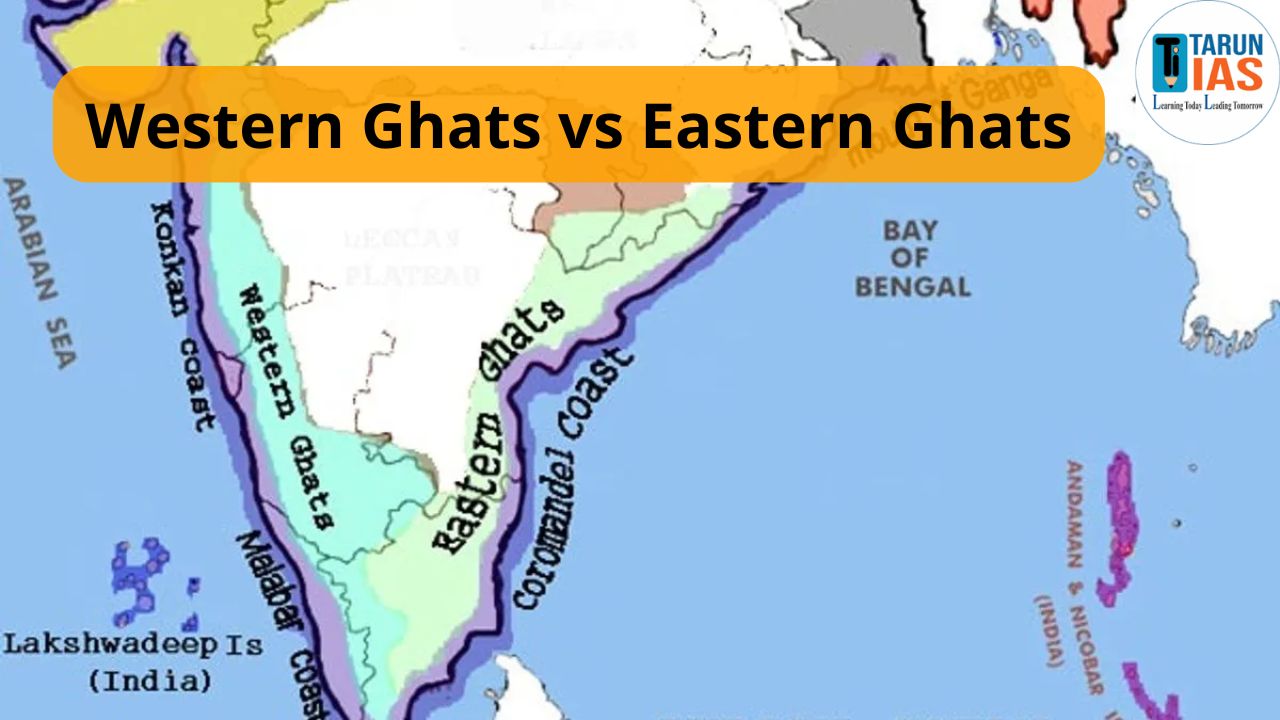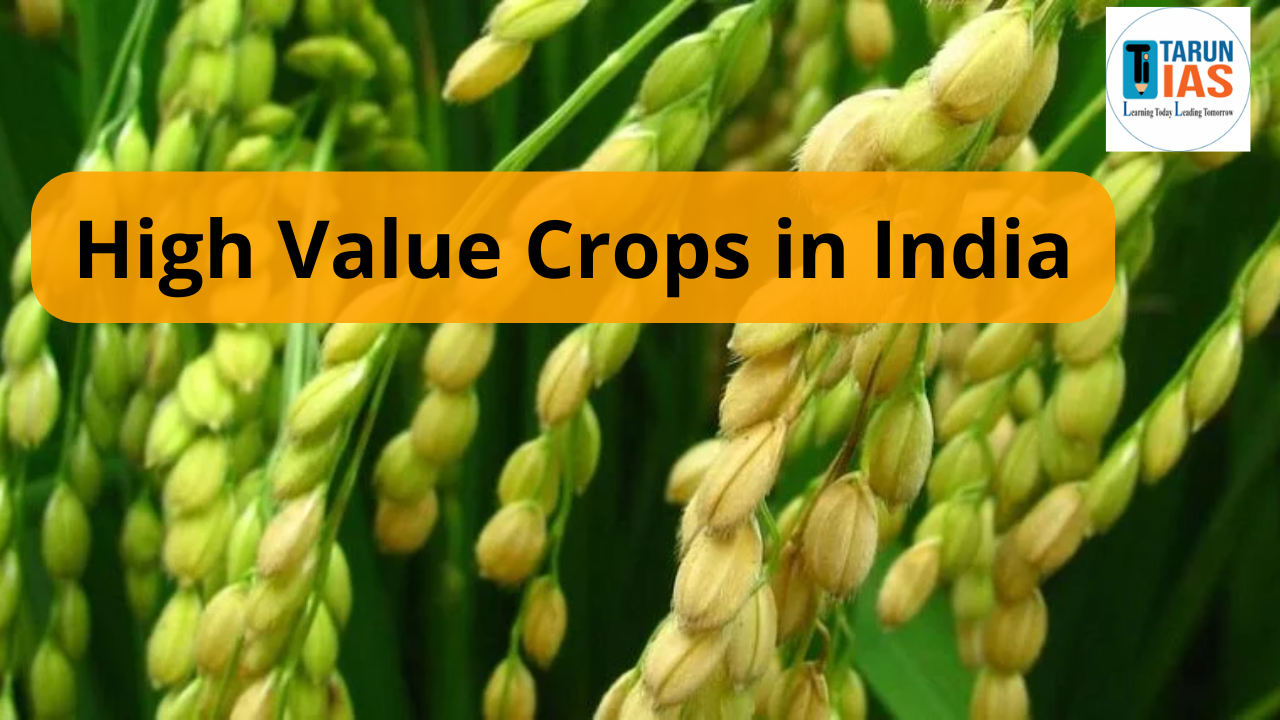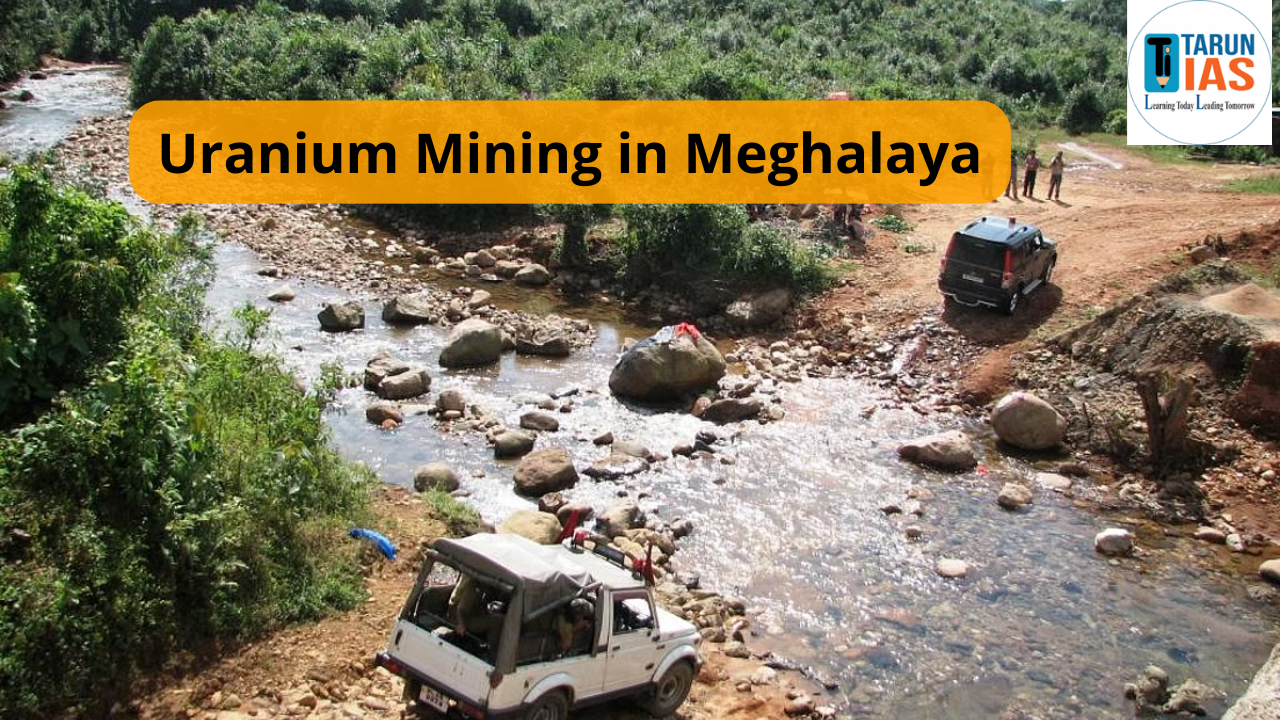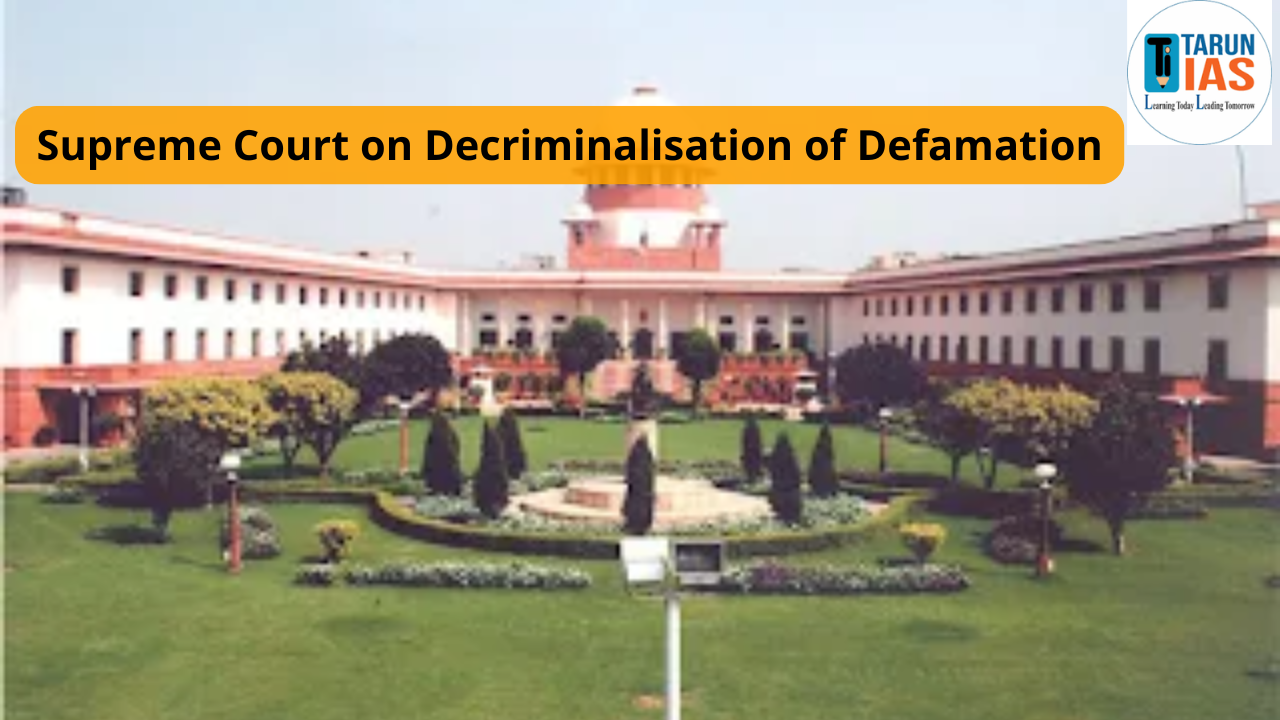India’s topography is richly varied, marked by majestic mountain systems, sprawling plains, arid deserts, extensive plateau regions, coastal plains, and island groups. Differences between Western Ghats and Eastern Ghats stand out for their ecological diversity, geopolitical importance, and geological significance. Both mountain ranges run parallel to India’s western and eastern coasts, respectively, but differences between Western Ghats and Eastern Ghats differ considerably in terms of formation, continuity, elevation, climate, flora-fauna, and human interactions. The Western Ghats and the Eastern Ghats meet at Nilgiri hills. It forms a part of Western Ghats, covering the states of Tamil Nadu, Karnataka, and Kerala.

Difference Between Western Ghats and Eastern Ghats
Western Ghats and Eastern Ghats are two major mountain ranges in India. The difference between Western Ghats and Eastern Ghats is in height, structure, biodiversity, rainfall, and geography, playing unique roles in India’s environment and climate.
| Difference between Western Ghats and Eastern Ghats | ||
| Feature | Western Ghats | Eastern Ghats |
| Location | Runs parallel to the western coast of India, from Gujarat to Kerala | Runs along the eastern coast, from Odisha to Tamil Nadu |
| Spread | Maharashtra, Goa, Karnataka, Kerala, Tamil Nadu | Odisha, Andhra Pradesh, Telangana, Tamil Nadu, parts of Karnataka |
| Continuity | Continuous range | Broken and irregular hills |
| Average Height | Higher – 900 to 1600 metres | Lower – 600 to 900 metres |
| Highest Peak | Anamudi (2695 m) in Kerala | Arma Konda (1680 m) in Andhra Pradesh |
| Age (Geological) | Younger | Older |
| River Origin | west-flowing rivers like Godavari, Krishna | Rivers mostly east-flowing and cut through the range |
| Rainfall | high rainfall | less rainfall |
| Climate | Acts as a climate barrier, keeping west side wetter | Less influence on climate patterns |
| Biodiversity | Very rich, declared a biodiversity hotspot by UNESCO | Moderate biodiversity, with some patches of rich flora and fauna |
| Soil Type | Laterite and red soil | red and black soil |
| Human Habitation | Less populated in dense forest zones | More scattered human settlements |
| Agriculture | Terrace farming, plantation crops | Paddy fields, dry farming |
Difference Between Western Ghats and Eastern Ghats Geological Origin & Formation

The Western and Eastern Ghats are ancient fold mountains formed by tectonic uplift and prolonged weathering over time.
-
Western Ghats
-
- The Western Ghats, locally known as the Sahyadri Hills in regions like Maharashtra, are relatively younger in geological terms. They were formed around 65 million years ago, during the Late Cretaceous period, as a direct consequence of the upliftment of the Deccan Plateau. This tectonic activity, coupled with intense volcanic eruptions, shaped the escarpments that define the western edge of the plateau.
- As magma intruded through fractures in the earth’s crust, dolerite and basalt flows cooled to form the robust, dark rocks seen today. These volcanic intrusions contributed to the region’s high structural stability and resistance to erosion. This is why the Western Ghats appear as a steep, continuous mountain wall, running almost unbroken from Gujarat to Kerala.
- Unlike the Eastern Ghats, rivers in the west rarely cut across this range due to its compact and elevated structure. Only a few significant gaps—such as Pal Ghat, Bhor Ghat, and Thal Ghat—offer natural passes through the hills. This topographical continuity not only impacts rainfall distribution (through orographic effects) but has also historically limited east-west movement and cultural exchange.
-
Eastern Ghats

-
- In stark contrast, the Eastern Ghats are much older, tracing their origin back to the Precambrian era, over 2 billion years ago. These hills are part of some of the oldest rock systems in India, having witnessed extensive geological transformations through multiple tectonic cycles, erosion, and denudation.
- Instead of forming a single continuous chain like the Western Ghats, the Eastern Ghats exist as discontinuous hill ranges scattered across Odisha, Andhra Pradesh, and Tamil Nadu. Over millions of years, major east-flowing rivers—Mahanadi, Godavari, Krishna, and Kaveri—have carved their way through these ancient rocks, further breaking up the continuity of the landscape.
- Geologically, the Eastern Ghats are composed of igneous and metamorphic rocks such as granite, gneiss, khondalite, charnockite, and schist. These rocks are much older and more eroded, giving the terrain a more gentle and rounded appearance compared to the rugged vertical cliffs of the Western Ghats.
- This erosion has not only lowered the elevation of the Eastern Ghats but has also allowed for wider river valleys and increased human habitation in between hill segments. It’s this fragmented nature that contributes to varied microclimates and diverse vegetation patterns across the eastern coast.
Difference Between Western Ghats and Eastern Ghats Topographical Layout & Continuity
The Western Ghats form a continuous escarpment, while the Eastern Ghats are a broken, discontinuous hill range.
-
Western Ghats
-
- The Western Ghats stretch roughly 1,600 km from Mount Abu in Gujarat down to the southern tip of India at Kanyakumari.
- This range runs parallel to the western coastline, creating a steep escarpment and a narrow coastal plain between itself and the Arabian Sea.
- Its continuity is one of its most defining features—these hills form an almost uninterrupted chain, offering limited access to the interior of the Deccan Plateau.
-
Eastern Ghats
-
- Extend from the Odisha coast southwards to Tamil Nadu, covering ~1,750 km but in a disjointed form.
- Major hill ranges include Arma Konda (Jindhagada), Shevaroy, Nallamala, Nagari, and Kalahandi.
- Rivers such as the Mahanadi, Godavari, Krishna, and Kaveri cut right through, creating gaps and breaking continuity.
Difference Between Western Ghats and Eastern Ghats peaks
The difference between Western Ghats and Eastern Ghats is in peaks also. Western Ghats are higher with peaks like Anamudi, while Eastern Ghats are lower with peaks like Arma Konda.
-
Western Ghats
-
- Generally higher in elevation, with many peaks exceeding 2,000 meters.
- Highest peak: Anaimudi (2,695 m), also called the Everest of South India, located in the Anaimalai Hills at the Kerala–Tamil Nadu border.
- Other significant peaks: Doddabetta (2,637 m), Mullayanagiri (1,930 m), Kalsubai (1,646 m).
-
Eastern Ghats
-
- Comparatively lower in elevation, typically between 600 and 1,600 meters.
- Highest peak: Arma Konda / Jindhagada / Sitamma Konda (1,690 m) near Paderu in Andhra Pradesh.
- Other peaks: Yercaud (1,515 m), Mahendragiri (1,501 m), Nugur Nadu Betta (1,350 m).
Difference Between Western Ghats and Eastern Ghats Climate & Rainfall Patterns
The difference between Western Ghats and Eastern Ghats is in rainfall patterns also. Western Ghats receive heavy rainfall due to the southwest monsoon; Eastern Ghats get less rain and are drier.
-
Western Ghats
-
- Experience heavy rainfall due to southwest monsoon, often exceeding 6,000 mm annually in windward zones.
- The rainforests are designated as UNESCO World Heritage Sites due to their high biodiversity.
- Rain shadow regions on the eastern side (like Karnataka’s Deccan Plateau) receive significantly less rainfall.
-
Eastern Ghats
-
- Receive moderate rainfall ranging between 1,000–2,000 mm, influenced by both the southwest and northeast monsoons.
- Their fragmented nature weakens orographic lift, resulting in less intense rainfall.
- Rainfall varies widely depending on specific region and elevation.
Difference Between Western Ghats and Eastern Ghats Drainage & River Systems

Western Ghats act as a water divide, giving rise to west-flowing and east-flowing rivers; Eastern Ghats are dissected by major east-flowing rivers like Godavari, Krishna, and Mahanadi.
-
Western Ghats
Source of many peninsular rivers that flow eastward/as westward:
- East-flowing: Godavari, Krishna, Cauvery, Tungabhadra, etc.
- West-flowing: Smaller, swift rivers like Periyar, Sharavathi, Valvan, Netravati, etc.
- The Palakkad Gap acts as a major drainage saddle in the southern stretch, enabling river flow into Tamil Nadu.
-
Eastern Ghats
-
- Only a few rivers originate directly from the Ghats; most major rivers cross them.
- Rivers like Mahanadi, Godavari, Krishna, Cauvery flow from west to east after cutting through the Ghats.
- Their fragmentary profile allowed smoother river dominance over mountain terrain.
Difference Between Western Ghats and Eastern Ghats Flora and Fauna
Western Ghats host dense evergreen forests and rich biodiversity; Eastern Ghats have deciduous forests with less species diversity.
-
Western Ghats
-
-
- One of the world’s eight “hottest hotspots” for biological diversity.
- Though dense forests thrived earlier, only 10–15% remain due to human activity.
- Harbor 4,000+ species of flowering plants, including 500+ endemics.
- Fauna includes lion-tailed macaques, Nilgiri tahr, Malabar civet, Indian bison, and various endemic amphibians and birds.
-
-
Eastern Ghats
-
- Flora ranges from tropical deciduous forests to dry scrub and semi-evergreen patches.
- Lower biodiversity and endemism compared to Western Ghats, but still crucial for local ecosystems.
- Faunal species: lion-tailed macaques, Indian elephants, sambar deer, gaur, and several reptiles and birds adapted to fragmented forests.
Difference Between Western Ghats and Eastern Ghats Human Habitation & Livelihoods
Western Ghats support dense settlements, farming, and plantations; Eastern Ghats host scattered tribal populations with forest-based livelihoods.
-
Western Ghats
-
- Dense human settlements in highland regions are rare; primary inhabitants are tribal communities like Malayarayan, Kurumba, Irula, Toda, etc.
- Hill stations (like Munnar, Ooty, Kodaikanal) serve as cooler retreats from the plains’ heat.
Agriculture: dominated by coffee, tea, spices (pepper, cardamom), and rubber. - Hydropower is abundant due to steep elevation and high rainfall.
-
Eastern Ghats
-
- Host dense tribal and rural populations: Kondh, Koya, Chenchu, Siddis, etc.
- Agriculture depends on paddy, millets, chillies, and cashew nuts.
- Limited hydropower potential due to lower elevation, but some small dams exist (e.g., Nagarjuna Sagar, Sileru).
Difference Between Western Ghats and Eastern Ghats Economic Significance
Western Ghats support agriculture, hydropower, and plantations; Eastern Ghats offer minerals, forest produce, and tribal economy support.
-
Western Ghats
-
- A major spice belt: coffee, tea, pepper, cardamom, and others.
- Hydroelectric potential via fast-flowing rivers: dams like Idukki, Aluva, Bhivpuri.
Tourism: tier-one hill stations enrich state economies and attract global tourists. - Biodiversity hotspot supports ecotourism and research-based activities.
-
Eastern Ghats
-
- Less intensive agriculture; more subsistence farming and forest produce.
- Mineral wealth: iron-ore (Dharamjaigarh), bauxite (Koraput), manganese (Nellore).
- Industrial zones near mines; however, environmental issues are common (e.g., mining pollution).
- Growing tourism around natural parks like Araku Valley, NagarjunaKonda, etc.
Difference Between Western Ghats and Eastern Ghats Conservation Framework & Challenges
Conserving the Western and Eastern Ghats faces ecological, developmental, and governance challenges despite rich biodiversity and critical ecosystems.
-
Western Ghats
Numerous protected areas (national parks, wildlife sanctuaries, biosphere reserves):
- UNESCO-declared Western Ghats Conservation area and Nilgiri Biosphere Reserve
- Key threats: deforestation, large-scale plantations, invasive species, mining, hydroelectric projects, and tourism.
- Ongoing conservation efforts include Project Tiger, Project Elephant, and local community engagement.
-
Eastern Ghats
-
- Fewer large reserves: Jeypore Reserved Forest, Sileru Wildlife Sanctuary, Sri Venkateswara Wildlife Sanctuary, Koundinya Wildlife Sanctuary.
- Major threats: mining, jhum (shifting cultivation), dams, and road infrastructure projects.
- Conservation strategies: tribal participation, eco-restoration, and regional cooperation.
Difference Between Western Ghats and Eastern Ghats Cultural Heritage
The Western and Eastern Ghats reflect rich cultural heritage and diverse ethnography shaped by ancient tribes and spiritual traditions.
-
Western Ghats
-
- Rich tribal traditions: distinctive arts, oral folklores, and rituals centered on forests and natural elements.
- Historic connections include ancient port towns (e.g., Muziris), colonial plantations, and hill-station architectures.
Ayurveda and folk medicine thrive based on forest biodiversity.
-
Eastern Ghats
-
- Cultural identity shaped by tribal communities: festivals like Danda Yatra, Makar Sankranti, and agricultural rituals.
- Ancient temples perched on hilltops (like Kapilash, Mahendragiri, Arma Konda) testify to rock-cut architecture and pilgrimage.
- Challenged by cultural erosion due to migration and exploitation of resources.
Difference Between Western Ghats and Eastern Ghats Strategic and Developmental
The Western and Eastern Ghats hold strategic importance for ecology, water security, and balanced regional development planning.
-
Western Ghats
-
- Environmental sensitivity: high ecological value conflicts with urbanization, transport corridors, and tourism.
- Various environmental groups advocate for Ecologically Sensitive Areas (ESA) to regulate development.
-
Eastern Ghats
-
- Being mining hubs, they require balanced development to respect both economic potential and ecological integrity.
- Large infrastructure projects can fragment wildlife habitats without careful planning.
Difference Between Western Ghats and Eastern Ghats Policy, Governance & Future Directions
The Western and Eastern Ghats need strong conservation policies, eco-sensitive zoning, community involvement, and sustainable development plans to protect biodiversity while balancing local livelihood and climate resilience.
- Western Ghats Ecology Expert Panel (WGEEP) (2010) recommended conservation zones and land-use categorization.
- Recent Gadgil and Madhav Gadgil Reports emphasize local involvement and ecologically sensitive farming.
- Eastern Ghats: less formalized governance structure, but states are beginning tribal-inclusive eco-development plans.
- The National Green Tribunal (NGT) actively oversees both ranges for sustainable developmental practices.
Conclusion
The Western Ghats and Eastern Ghats are two mountain systems that define peninsular India’s physiographic identity. Though both parallel their respective coasts, they differ markedly:
- The Western Ghats are continuous highlands, rich in biodiversity, agriculture, hydro-electricity, and tourism.
- The Eastern Ghats, by contrast, are older and fragmented, hosting tribal communities, minerals, and modest conservation sites.















